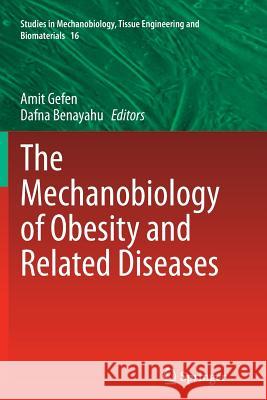The Mechanobiology of Obesity and Related Diseases » książka
topmenu
The Mechanobiology of Obesity and Related Diseases
ISBN-13: 9783319376264 / Angielski / Miękka / 2016 / 296 str.
Kategorie:
Kategorie BISAC:
Wydawca:
Springer
Seria wydawnicza:
Język:
Angielski
ISBN-13:
9783319376264
Rok wydania:
2016
Wydanie:
Softcover Repri
Numer serii:
000440387
Ilość stron:
296
Waga:
4.69 kg
Wymiary:
23.5 x 15.5
Oprawa:
Miękka
Wolumenów:
01
Dodatkowe informacje:
Wydanie ilustrowane











